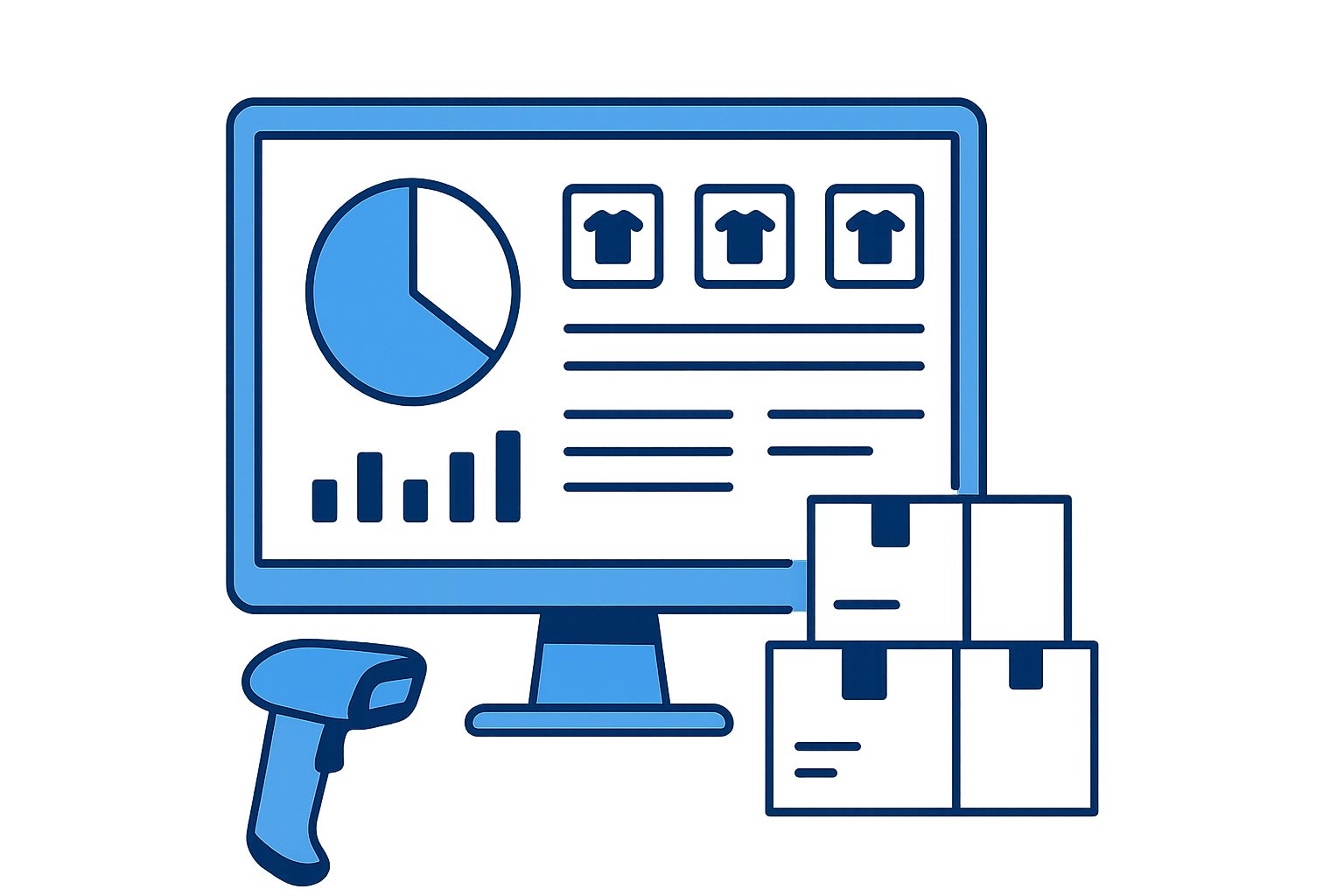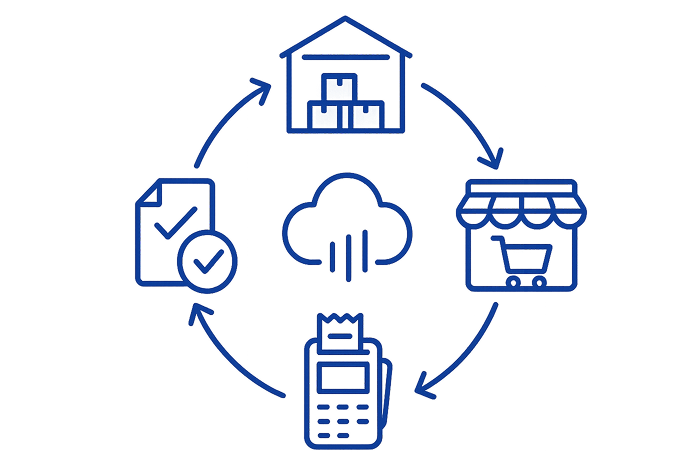Inventory management software is essential for businesses that want to streamline operations and reduce costly errors. In today’s fast-paced digital economy, outdated tracking methods can’t keep up with demand fluctuations and multi-channel sales. This article explores the challenges of manual inventory, key software features, real-world use cases, and how to choose the best solution for your needs.
Why businesses struggle with inventory today
Managing inventory manually using spreadsheets or pen-and-paper methods is error-prone and inefficient. As businesses grow, these inefficiencies tend to scale alongside them. One common issue is poor visibility into inventory levels, which can lead to both stockouts, where products are unavailable when needed, and overstocking, which ties up capital in unsold goods. Another frequent challenge is the time-consuming nature of inventory audits and stock counts, which often require halting operations or dedicating extensive resources. Additionally, manual methods are more susceptible to human error, which can result in incorrect data entries that lead to missed sales opportunities or fulfillment mistakes
This struggle is not theoretical. According to a study from Dartmouth College, 15 out of 25 business spreadsheets contained 117 errors, leading to massive financial losses. The use of rudimentary tools without automation makes it difficult for companies to scale effectively or make informed decisions based on real-time inventory data. As markets become more dynamic and supply chains increasingly complex, these outdated methods become a bottleneck to growth.
Inventory management software and how it works
Inventory management software automates and centralizes inventory tracking, giving businesses real-time data on stock levels, movements, and reordering needs. It connects with other systems, like eCommerce platforms, accounting tools, and ERPs, ensuring seamless data flows across departments. Software solutions help eliminate human errors by reducing manual data entry and minimizing discrepancies between recorded and actual stock levels. They optimize stock replenishment by setting reorder points and automating purchase orders, ensuring that inventory is always maintained at ideal levels without overstocking.
Additionally, these tools improve coordination between teams by offering shared dashboards and reporting features that synchronize efforts between procurement, sales, and logistics. This alignment not only improves efficiency but also ensures that customer expectations are consistently met with timely fulfillment and accurate availability data. As businesses strive for greater responsiveness and agility, the integration of such software becomes a crucial factor in their operational strategy.
Key features to look for in inventory management software
Real-time data allows decision-makers to act quickly, while automation reduces dependency on human labor and lowers the risk of errors. As RFgen highlights, these capabilities are vital for controlling costs and boosting accuracy. VasyERP further emphasizes that comprehensive tools with features like barcode scanning and item master records contribute significantly to operational efficiency.
When evaluating inventory management software, prioritize the following capabilities:
- Real-time tracking: Always know stock levels across all locations
- Barcode generation & scanning: Accelerates data entry and minimizes errors
- Automated reorders: Prevents stockouts and delays
- Item master records: Centralized product information
- Stock audits: Simplifies reconciliation and compliance

Benefits of using inventory management software
Inventory software fosters a more agile, responsive organization. With enhanced visibility across departments, businesses can coordinate supply and demand with far greater precision. Planergy notes that better planning and fewer errors translate into direct financial benefits and customer satisfaction. Coupa adds that integrating such tools leads to smarter decisions and more resilient supply chains, ultimately enhancing overall profitability.

Businesses using inventory management software see measurable improvements:
- Reduced inventory costs by avoiding overstocking
- Higher accuracy in order fulfillment
- Better planning with actionable insights
- Fewer manual tasks and human errors
How to choose the best tool for your business
Making the right choice begins with evaluating your current pain points and future growth plans. Timly suggests focusing on tools that support real-time tracking and seamless integration with your existing systems, which can significantly improve operational agility. Rackbeat reinforces the idea that the best inventory management solutions prevent both overstocking and understocking, making them a smart investment for businesses looking to enhance efficiency and minimize waste.
Consider the following when selecting inventory software:
Scalability
Will it grow with your business?
Integration
Can it connect with your existing systems?
Automation
Does it reduce manual workload?
Usability
Is it intuitive for your team?
Inventory management software empowers businesses to operate more efficiently by eliminating guesswork and automating stock processes. With features like real-time tracking and predictive restocking, it reduces costs, enhances accuracy, and supports growth. Choosing the right tool starts with understanding your needs and aligning them with the right features and integrations.
Tired of stock mistakes and manual work?
Related Articles

AI Agents Explained in Simple Terms
Discover what AI agents are, how they work, and why intelligent agents are reshaping automation across industries.

AI Solutions for HR That Transform Hiring and Retention
AI solutions for HR are transforming hiring and retention with faster recruitment, better cultural fit, and lower turnover rates.

Cross-Chain dApps Are Shaping Web3
Cross-chain dApps are shaping Web3 by streamlining UX, improving contract monitoring, and bridging fragmented blockchain ecosystems.
